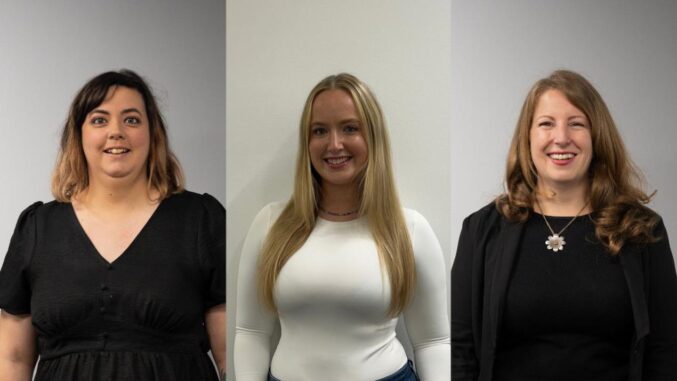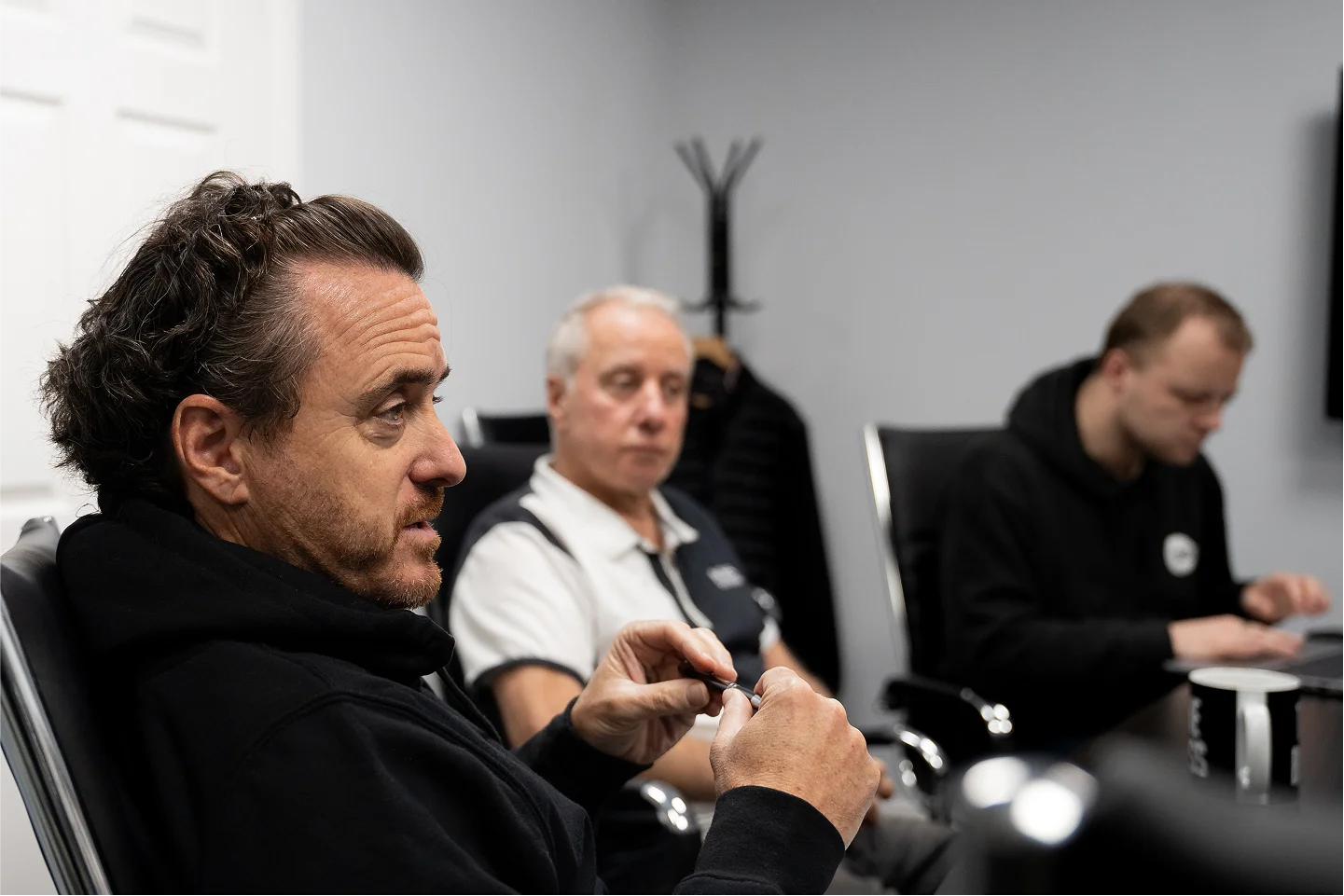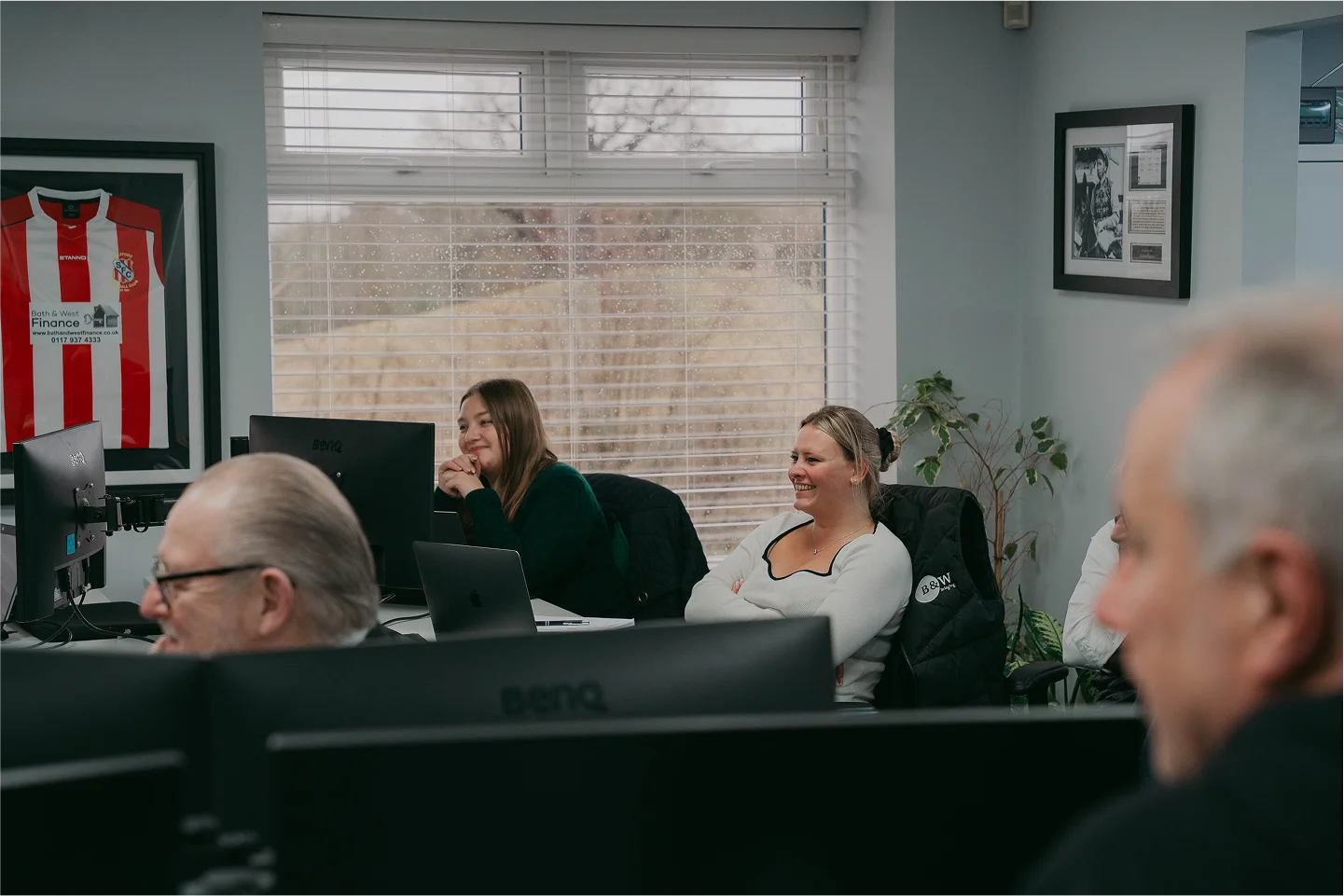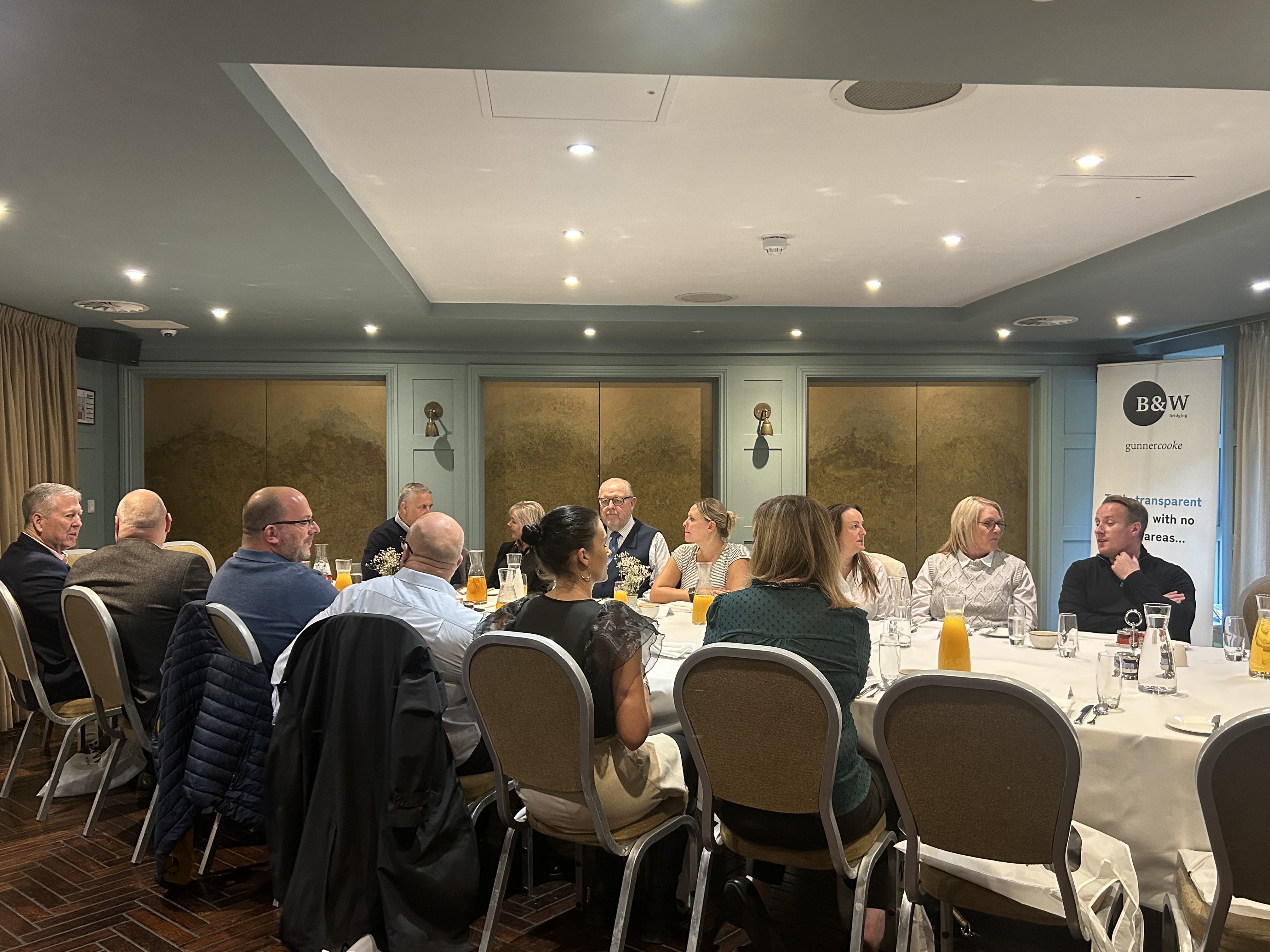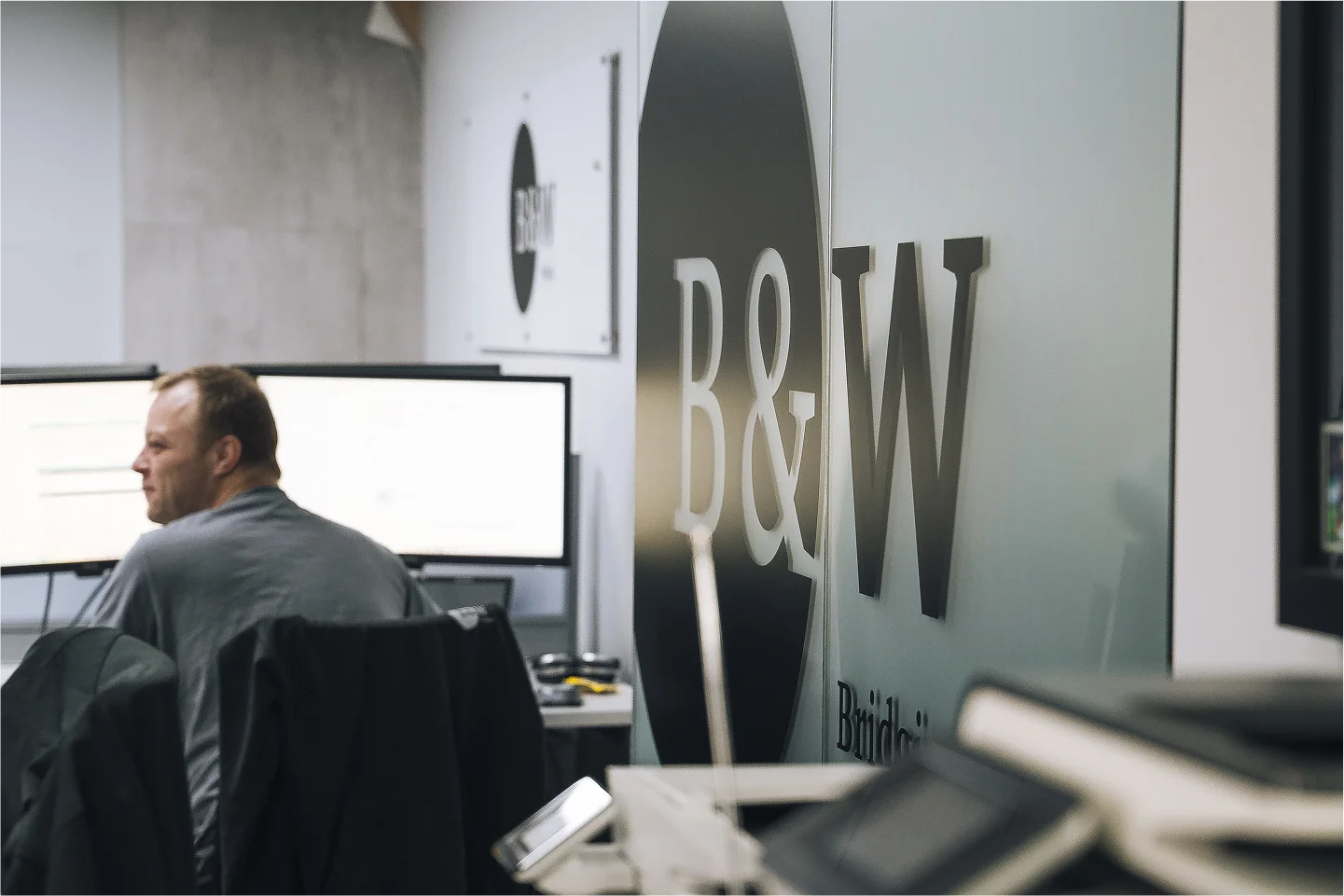A guide to fast bridging
Bridging is a great option if your client needs fast finance. Deals can complete in a matter of days, sometimes even hours, depending on the case. So, here’s a simple guide to getting bridging done quickly, laid out in black and white. Understanding the details. With any deal, the absolute best tip we can offer for a speedy resolution is to know your client and the details of the deal itself, inside and out. Before applying for a bridging loan make sure your client knows the key information. For example, does your client intend to live in the purchased property? How do they intend to repay the loan? What is the condition of the property they are looking to buy? The more detail you can give your Lending Manager at the start, the faster we can give you a quick decision on the deal, then its full steam ahead. What documents will be needed?
Documents that we need...


Get in touch:
Download our product guide
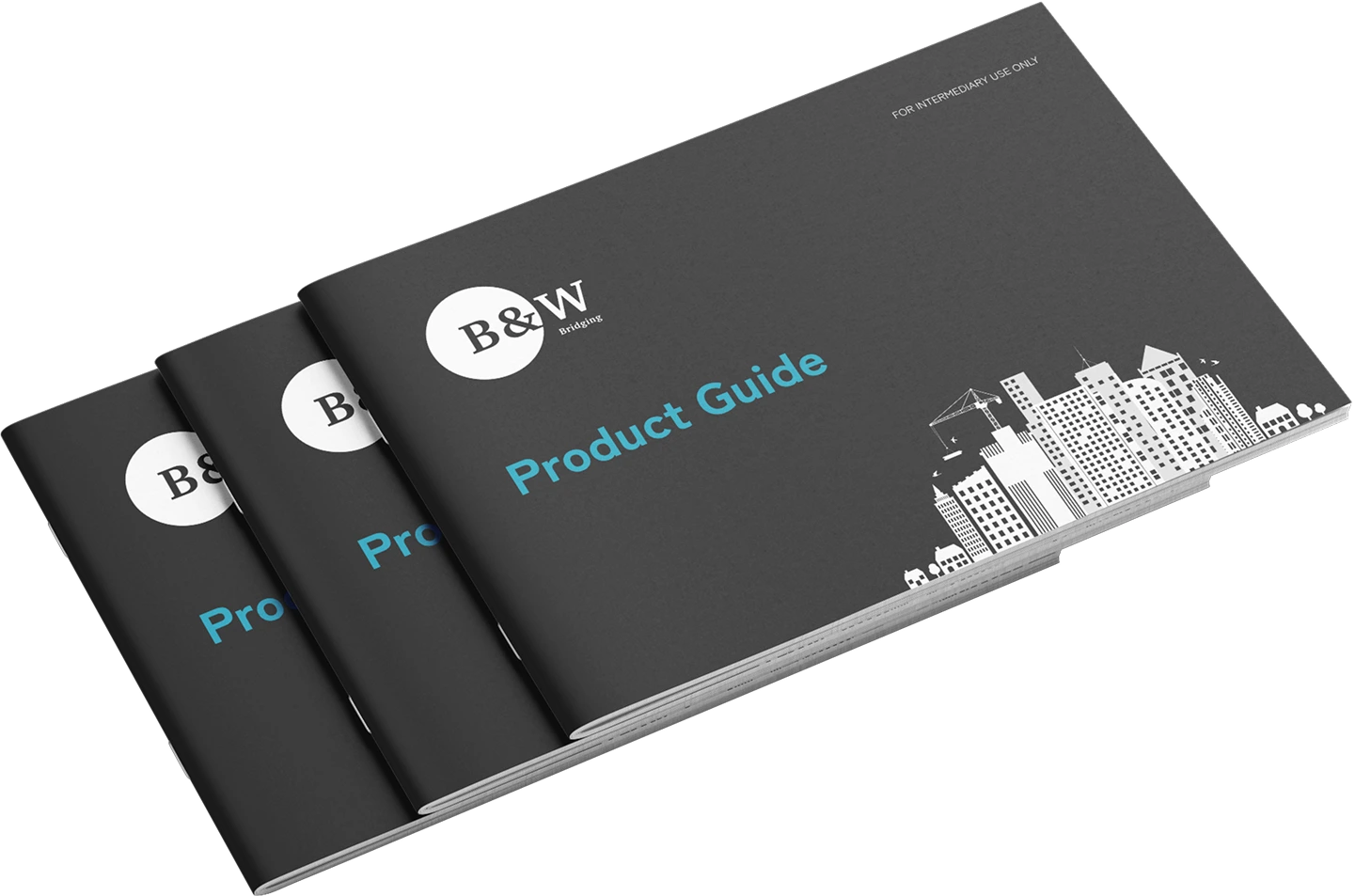

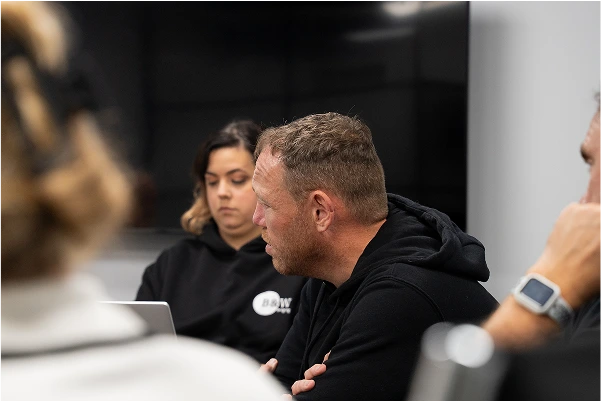
.webp)
.webp)
